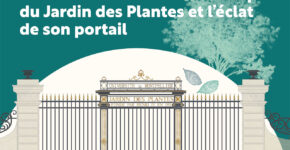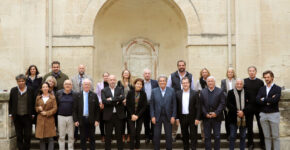Heritage
Medieval beauty
As a scientific and university town since the Middle Ages, Montpellier has always maintained close ties with its university. Heir to the Faculty of Medicine founded in 1220, the University of Montpellier was one of the first to appear in the West.
Over the centuries, it has left its mark on the city. Today, the UM preserves a prestigious historical heritage in terms of both real estate and furnishings, as well as scientific, artistic and documentary collections of inestimable value.
Over the years, it has constantly enriched its collections, many of which are listed as historic monuments.
Figures: 1220 Birth of the first University of Montpellier - 6000 Ancient drawings and prints - 4.5 Hectares in the heart of the city
History
Rooted in the history of its city and region, the University of Montpellier is one of Europe's oldest practicing universities.
Middle Ages
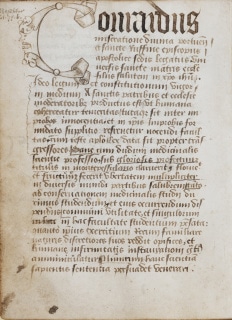
Montpellier's origins date back to around 980 A.D., and from the outset it was a meeting place for Christian, Jewish and Muslim cultures. The city's university vocation was affirmed in the medical field with the authorization in 1180 to practice and teach medicine. A century later, the teaching of medicine was recognized by the Church, making Montpellier the oldest practicing medical school in the Western world.
At the same time, jurists began to gather in Montpellier around renowned professors such as Placentin of Bologna. In 1289, the University of Montpellier was officially created by Pope Nicholas IV's bull Quia sapientia. Bearing the name Studium generale, it was at the time the only university in France to offer courses in medicine, law, literature and theology.
The University of Montpellier was created by and for its teachers and students, and enjoys a high degree of autonomy in its operations. One of its defining characteristics is the preponderance of medicine and, increasingly, law.
Renaissance
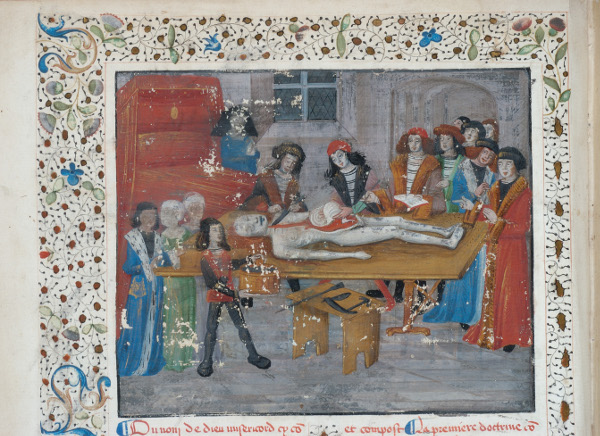
In the 16th century, Montpellier became a leading intellectual center, asserting its position as a European crossroads for law and medicine. It attracted many scholars and scientists who shared humanist values, including François Rabelais, Guillaume Rondelet and Pierre Richer de Belleval.
More and more universities are springing up in France, competing with Montpellier. To compete with its rivals, the University of Montpellier was granted a number of original specialties: anatomy, botany, biology, etc. Closely linked to medicine, the study of medicinal plants became increasingly widespread in Montpellier with the creation of the Jardin des Plantes in 1593. The city was considered the capital of botany until the 18th century.
Revolution
Like all French universities, Montpellier's was abolished during the French Revolution. This did not prevent medical professors from teaching in semi-clandestinity. But the need for structured teaching became apparent in Frimaire Year III (December 1794). The Convention then founded three Écoles de Santé, in Paris, Strasbourg and Montpellier.
It was at this time that the School of Medicine moved into the premises of the former bishop's palace, where it still stands today. In 1803, the School of Pharmacy completed Montpellier's scientific education. As for the Faculty of Law, it was forgotten in 1808 and not founded until 1878.
Nineteenth century
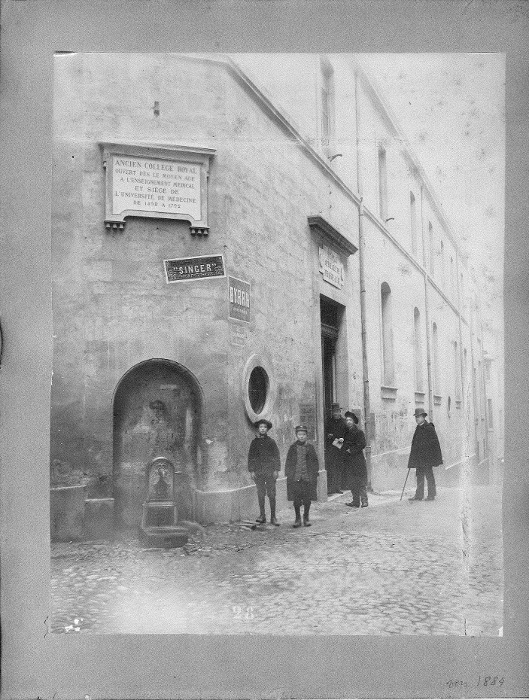
Montpellier's scientific landscape changed in the early 19th century with the creation of the Faculté des Sciences in 1809. At the time, it was endowed with seven magisterial chairs: transcendental mathematics, astronomy, physics, chemistry, zoology, botany and mineralogy. The end of the 19th century saw the unification of all the city's faculties into a single university, housed in the University Palace, now the Rector's Office.
Twentieth century
Montpellier's establishments continued to develop throughout the 20th century, joining in the scientific explosion that marked the period, weaving a dense network of teaching and research structures. The Faure Law (November 12, 1968) gave rise to three new universities:
- Montpellier I University,
- University of Montpellier II,
- Montpellier III Paul Valéry University.
The faculties (law, literature, medicine, science, pharmacy) cease to exist and become either UERs (then UFRs) for medicine, law and pharmacy (UM1), or full-fledged universities for literature (UM3) and science (UM2).
21st century
A new page in the shared history of the Universities of Montpellier 1 and Montpellier 2 opened with the launch of the merger process in September 2012. In their quest for national and international recognition, the two universities combined their complementary strengths to create the University of Montpellier on January 1, 2015. With 17 teaching departments, 73 research units and over 48,000 students, it becomes the largest university in Languedoc-Roussillon and the 6th largest in France.


